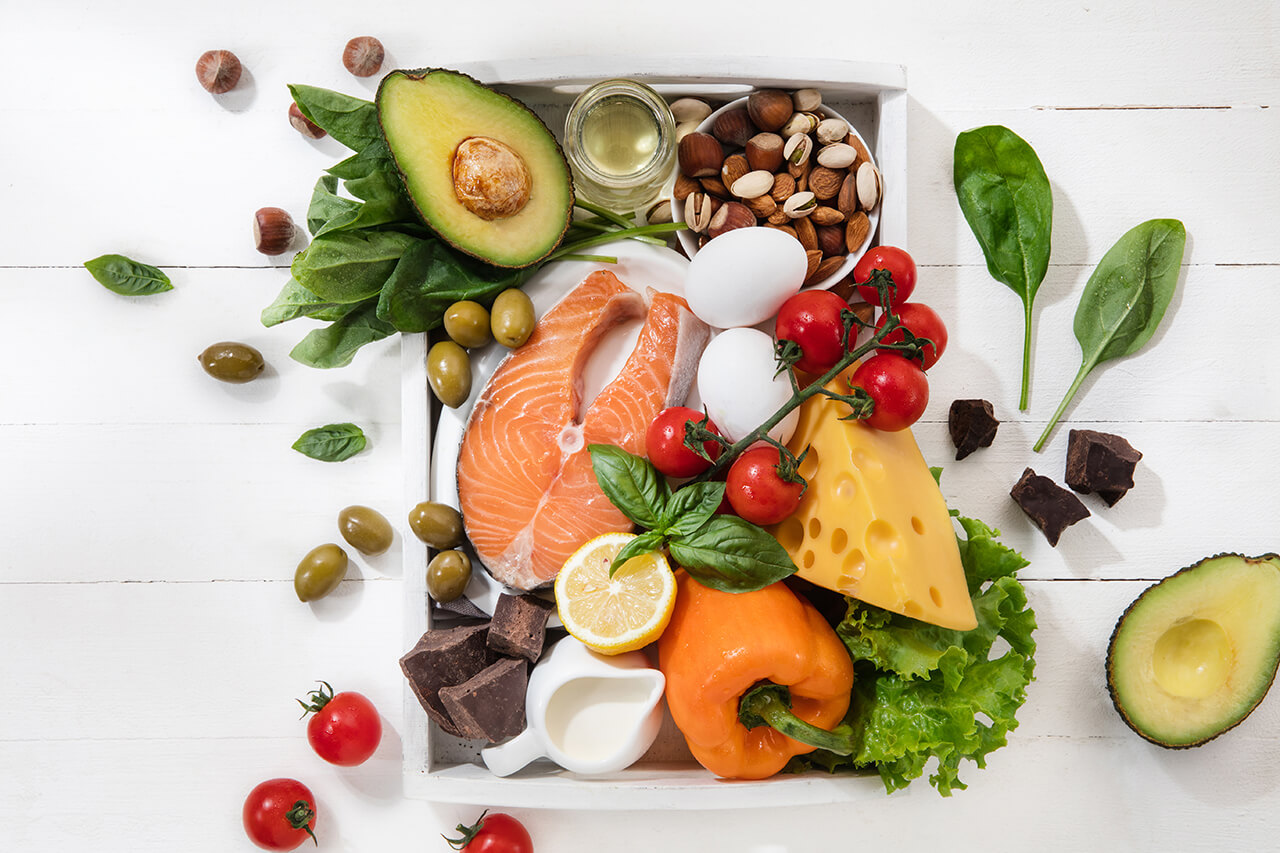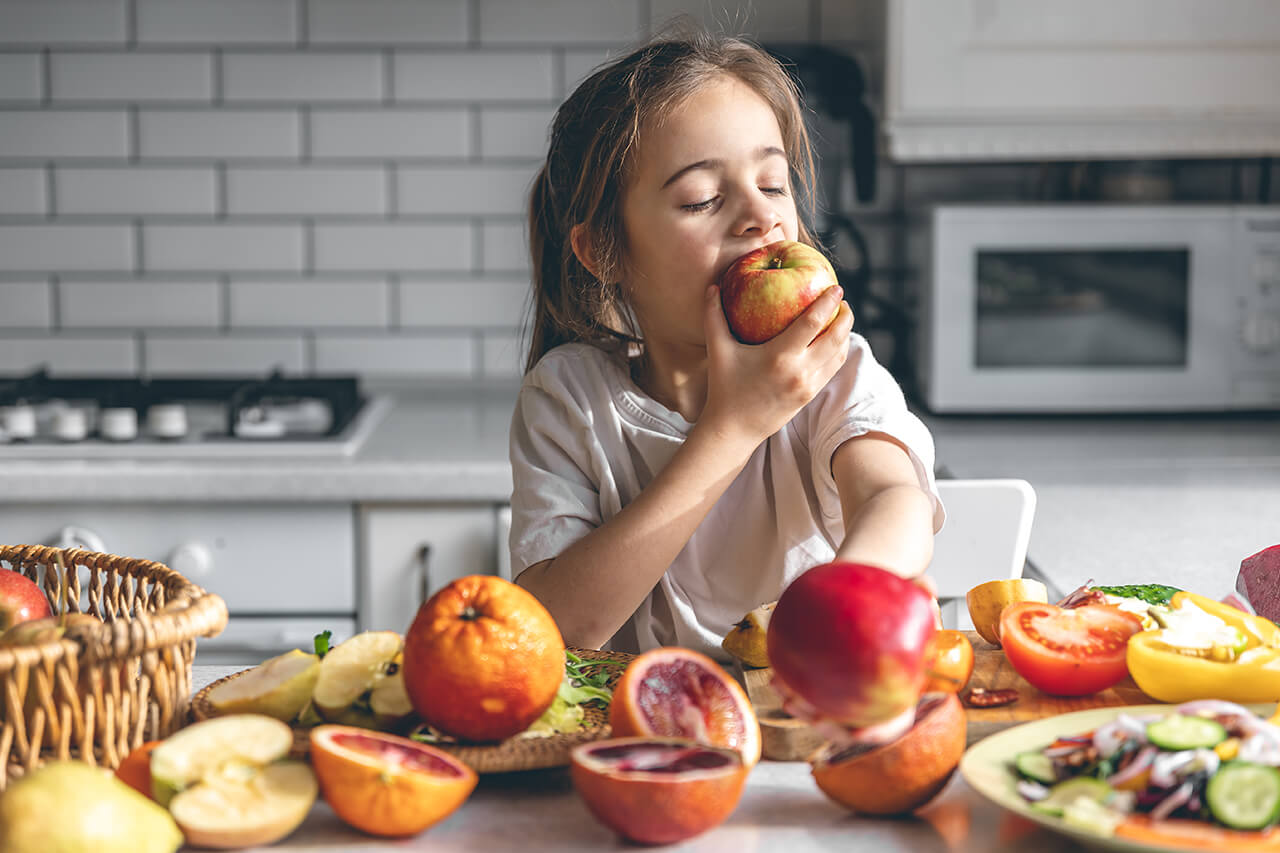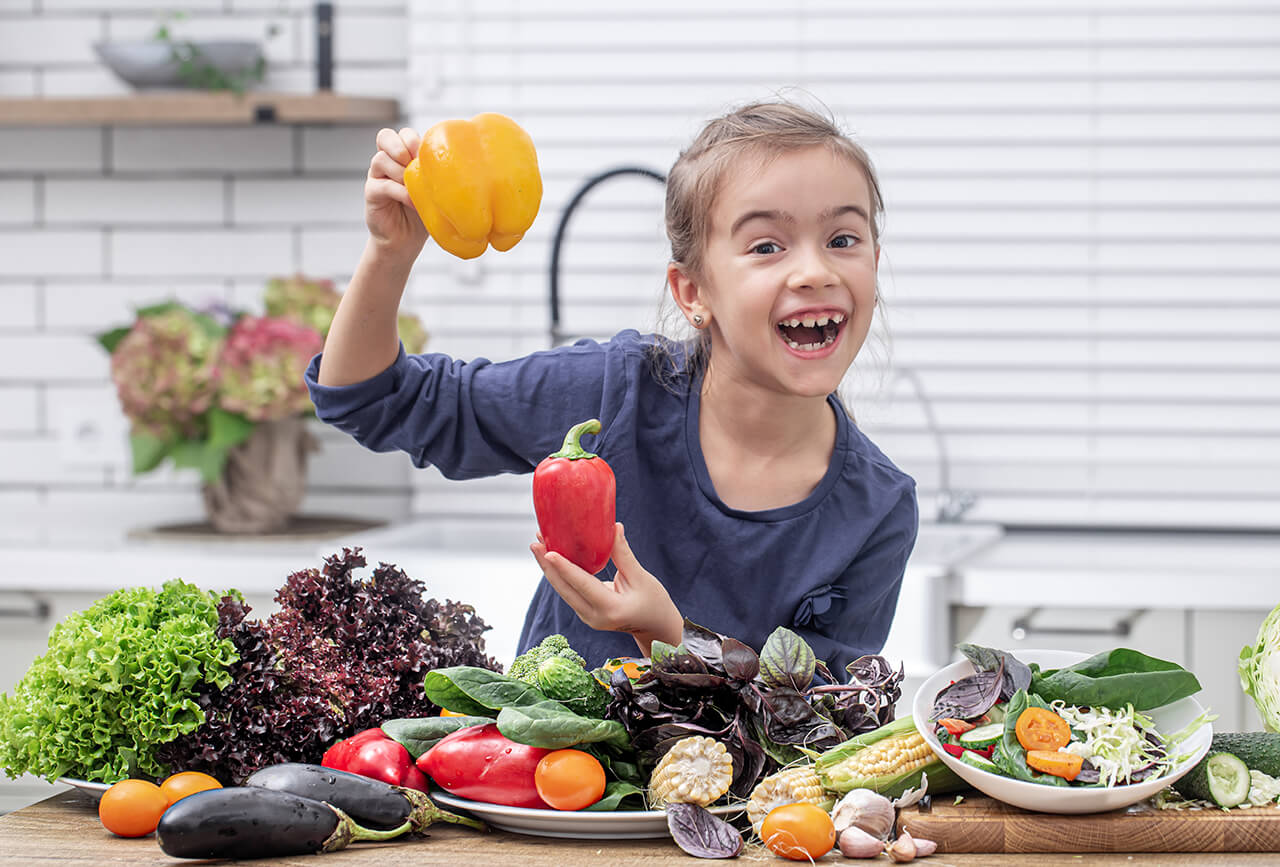Based on the latest DGA dietary guidelines, these are the basic rules for feeding children.
The main thing is to emphasize whole foods with high nutrient density in children’s nutrition. This way, the child will get the nutrients important for health and growth, and not overeat in calories to maintain a healthy weight.

Such foods include:
✔️ proteins – seafood, lean meats, poultry, eggs, legumes, soy products, nuts and seeds
✔️ fruits – choose fresh canned (in its own juice), frozen fruit, or dried fruit (1/4 cup of dried fruit counts as one serving of fruit)
✔️ vegetables – a variety and colorful fresh, cooked, canned, frozen vegetables
✔️ whole grains (cereal, pasta, whole grain bread, corn, popcorn, whole grain rice)
✔️ dairy products – choose low-fat dairy products.

!!! Limit in your child’s diet:
✔️ added sugar
*Those simple carbohydrates found in fruits and dairy products are not foods with added sugar.
*Added sugars include – any sugar (white and brown), honey, syrups.
!!! Reduce your child’s intake of beverages with added sugar as much as possible.
✔️ saturated fats
✔️ salt
*Pizza, sandwiches, sausages, frankfurters, chips, crackers, and the like often contain large amounts of salt.
!!! Read the packaging carefully.
It will be helpful to keep a schedule of meals and snacks, and plan the family and child’s diet in advance.
Three meals and two snacks a day is fine for most children, but the frequency of meals can depend on many factors and should be considered on an individual basis.
Offer your child “unhealthy” foods and foods that are lower in nutrients. This is important for creating a healthy relationship with food for children over 2 years old.
Research shows that restricting foods (like desserts) can lead children to eat more of these foods when they have access to them.
Food restriction is also associated with an increased risk of developing an eating disorder, weight gain.
Limit the amount of dessert in your child’s diet, not the dessert. Always offer a healthier alternative – fruits, berries.

Ration idea for a schoolchildren:
Breakfast: oatmeal on milk, nuts, apple, boiled egg
Snack: cracker with almond paste.
Lunch: baked chicken sandwich, cucumber, tomato, avocado
Snack: yogurt, banana
Dinner: cereal, corn, cutlets/beans, vegetables
Snack ideas for baby:
✔️ sliced vegetables with hummus
✔️ sliced apple with nut paste
✔️ dried fruits and nuts
✔️dried or baked chickpeas
✔️ cheese, bread, banana
✔️ yogurt/carrot with fruit

Food norms for children of different school ages:
Girls 5-8 years old
1200-1800 kcal, depending on how active the child is
Protein – 85-140 grams
Fruit 1-1.5 cups
Vegetables 1.5-2.5 bowls
Cereals – 115-170 grams
Dairy products – 2.5 cups
Boys 5-8 years old
1200-2000 depending on how active the child is
Protein – 85-155 grams
Fruit – 1-2 cups
Vegetables – 1.5-2.5 cups
Grains – 115-170 grams
Dairy – 2.5 cups
Girls 9-13 years old
1400-2200 kcal depending on how active the child is
Protein – 115-170 grams
Fruit – 1.5-2 cups
Vegetables – 1.5-3 bowls
Cereals – 140-200 grams
Dairy – 3 bowls
Boys 9-13 years old
1600-2600 kcal depending on how active the child is
Protein – 140-185 grams
Fruit – 1.5-2 cups
Vegetables – 2-3.5 bowls
Cereals – 140-255 grams
Dairy – 3 bowls
Girls 14-18 years old
1800-2400 kcal depending on how active the child is
Protein – 140-185 grams
Fruit – 1.5-2 cups
Vegetables – 2.5-3 bowls
Cereals – 170-225 grams
Dairy – 3 bowls
Boys 14-18 years old
2000-3200 kcal depending on how active the child is
Protein – 155-200 grams
Fruit – 2-2.5 cups
Vegetables – 2.5-4 bowls
Cereals – 170-280 grams
Dairy – 3 bowls
Teach your child to create healthy relationships with food. The best example is yourself.
We take care of you and your children,
Oksana Nazarchuk
nutritionist and health coach,
founder of NAZARCHUK SCHOOL.
